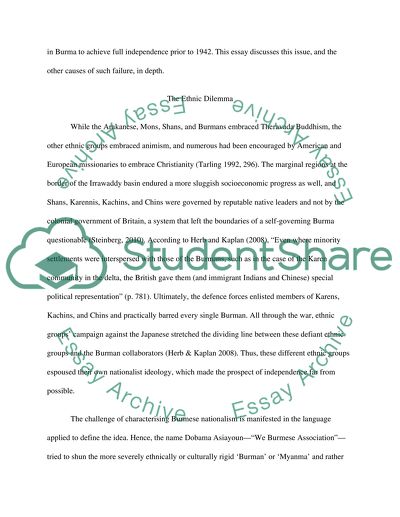Cite this document
(“Burmese Nationalist Movements: The Struggle towards Full Independence Essay”, n.d.)
Retrieved from https://studentshare.org/history/1443954--why-did-nationalist-movements-in-burma-fail-to
Retrieved from https://studentshare.org/history/1443954--why-did-nationalist-movements-in-burma-fail-to
(Burmese Nationalist Movements: The Struggle towards Full Independence Essay)
https://studentshare.org/history/1443954--why-did-nationalist-movements-in-burma-fail-to.
https://studentshare.org/history/1443954--why-did-nationalist-movements-in-burma-fail-to.
“Burmese Nationalist Movements: The Struggle towards Full Independence Essay”, n.d. https://studentshare.org/history/1443954--why-did-nationalist-movements-in-burma-fail-to.


